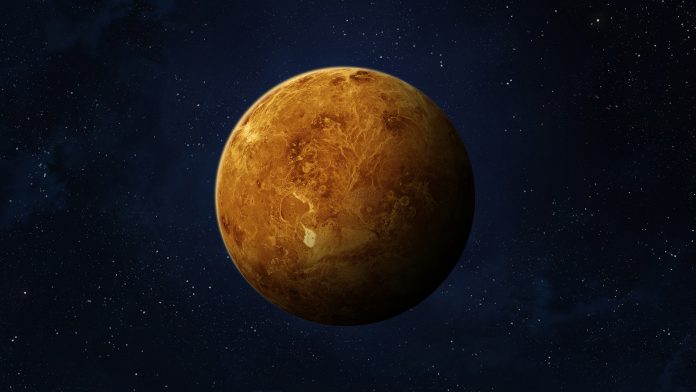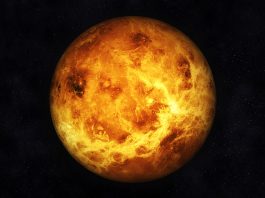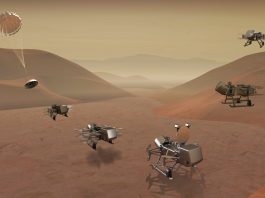The habitability of Venus was significantly reduced when Jupiter altered its orbit pattern around the Sun during the early stages of its development.
Due to Jupiter being 11.8 times larger, it can significantly reduce the habitability of Venus by disturbing the planet’s orbit. Early in Jupiter’s formation as a planet, it moved closer to the Sun and then further away due to interactions with other planets and the disc from which it formed. This movement in turn affected Venus.
According to the findings of a new study published in the Planetary Science Journal, observations of other planetary systems have shown that similar giant planet migrations soon after formation may be a common occurrence.
The research team believe that Venus may have lost a significant amount of water due to this planetary migration. Astrobiologist Stephen Kane, from University of California, Riverside, said that Jupiter’s movement likely triggered Venus onto a path toward its current, inhospitable state.
Kane, who led the study, said: “One of the interesting things about the Venus of today is that its orbit is almost perfectly circular. With this project, I wanted to explore whether the orbit has always been circular and if not, what are the implications of that?”
Modelling the solar system
Kane created a model that simulated the solar system, calculating the location of all the planets at any one time and how they pull one another in different directions. Her team then measure how non-circular a planet’s orbit is between zero, which is completely circular, and one, which is not circular at all. The number between zero and one is called the eccentricity of the orbit. An orbit with an eccentricity of one would not even complete an orbit around a star; it would simply launch into space.
Currently, the orbit of Venus is measured at 0.006, which is the most circular of any planet in our solar system. However, Kane’s model shows that when Jupiter was likely closer to the sun about a billion years ago, Venus likely had an eccentricity of 0.3, and there is a much higher probability that it was habitable then.
Recently, scientists discovered a gas in the clouds above Venus that may indicate the presence of life. The gas, phosphine, is typically produced by microbes, and Kane says it is possible that the gas represents “the last surviving species on a planet that went through a dramatic change in its environment.”









